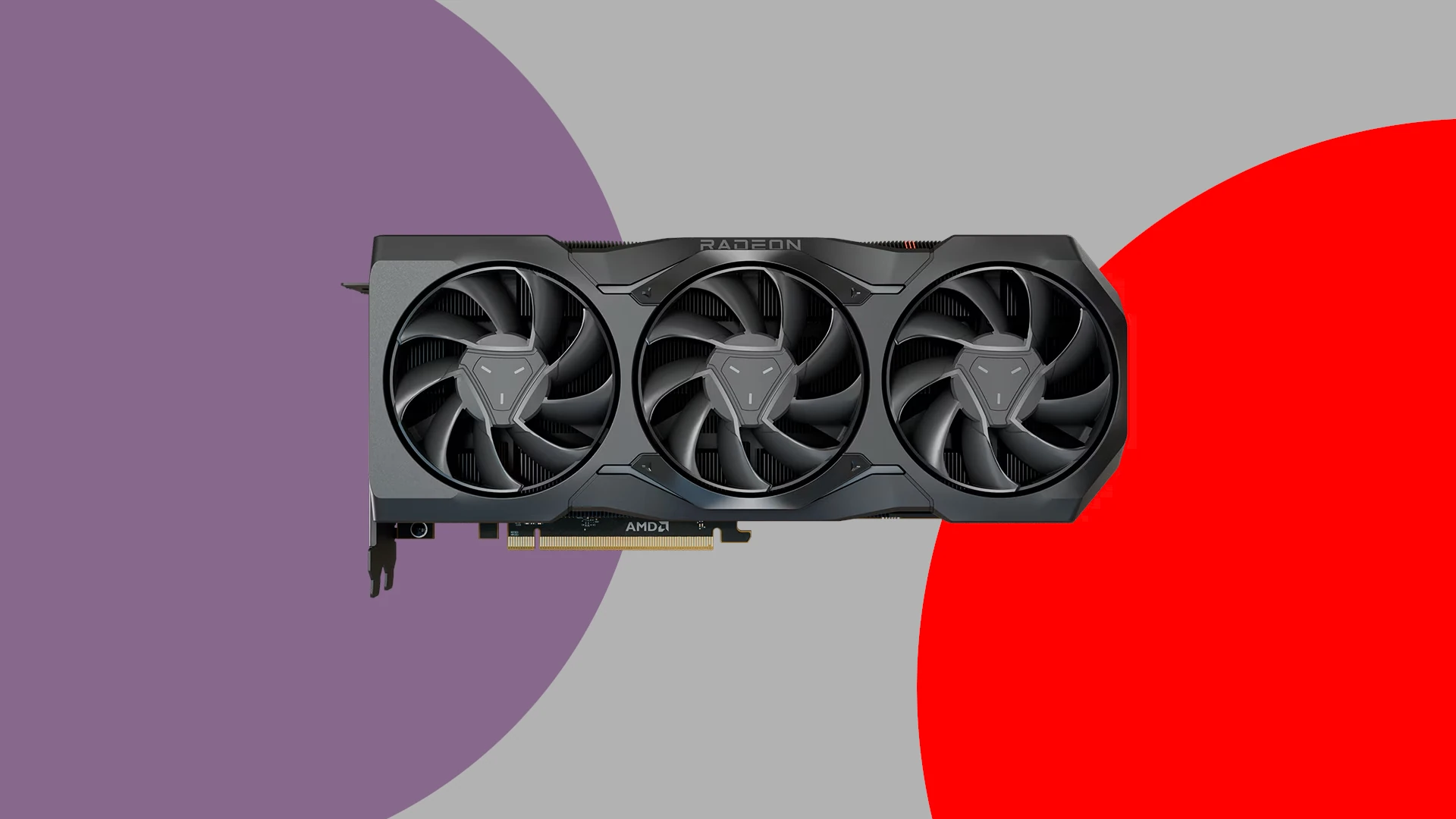The gaming world is abuzz with excitement as AMD prepares to unveil its highly anticipated Radeon RX 9000 series graphics cards. The official reveal will take place on February 28, 2025, at 8 AM Eastern Time, during a live-streamed event hosted by AMD’s Vice President and General Manager of Graphics, David McAfee. This announcement marks AMD’s bold move into next-gen GPU territory, promising to deliver impressive performance and advanced features to gamers worldwide.
Mark Your Calendar: February 28, 2025
AMD has confirmed that the unveiling will be broadcast on its official YouTube channel, giving gamers, tech enthusiasts, and industry insiders a first look at the company’s latest GPU innovations. The Radeon RX 9000 series is expected to launch with two flagship models: the RX 9070 and RX 9070 XT. According to leaked information from IT magazine HKEPC, the RX 9070 XT will utilize the full Navi 48 die, boasting 4,096 stream processors, a 3.1 GHz boost clock, and 16 GB of GDDR6 memory running on a 256-bit interface with a bandwidth of 644 GB/s.
Pricing and Availability: Competitive Positioning Against NVIDIA
Both cards are set to hit shelves in early March, with retail availability anticipated around March 6, 2025. The RX 9070 will reportedly launch at $649, while the RX 9070 XT is expected to be priced at $749. These price points position AMD directly against NVIDIA’s upcoming RTX 5000 series. Notably, NVIDIA’s RTX 5070 Ti is scheduled for release on February 20 at the same $749 price tag, making the competition for mid-to-high-end market share especially fierce.
AMD’s decision to offer the RX 9070 at $649 places it slightly above NVIDIA’s standard RTX 5070, which is set to debut on May 5 at a rumored $599 price point. The $50 difference raises questions about what AMD will bring to the table to justify the higher cost.
Performance Expectations: 4K Gaming for the Masses
AMD has repeatedly emphasized its commitment to delivering 4K gaming performance at more accessible prices. The RX 9070 XT’s specifications align with this goal, promising smooth performance in modern AAA titles without the exorbitant costs associated with ultra-premium GPUs. The combination of high clock speeds, ample VRAM, and a wide memory bus should make these cards well-suited for high-resolution gaming and resource-intensive workloads.
Early benchmark leaks indicate that AMD’s RDNA 4 architecture will introduce improvements in ray tracing performance, an area where Team Red has traditionally lagged behind NVIDIA’s RTX series. Additionally, the introduction of FidelityFX Super Resolution 4 (FSR 4) promises better upscaling capabilities, which could significantly boost frame rates in supported titles.
RDNA 4 Architecture: A Leap in Efficiency and Performance
The RX 9000 series marks the debut of AMD’s RDNA 4 architecture, which builds on the success of its RDNA 3 predecessors. Key architectural improvements include enhanced compute units, optimized ray tracing pipelines, and a more efficient memory subsystem. PCIe 5.0 support also ensures better compatibility with next-generation CPUs and motherboards, particularly AMD’s Ryzen 9000 series and Intel’s upcoming Arrow Lake chips.
FSR 4, AMD’s latest iteration of its AI-based upscaling technology, will debut alongside the RX 9000 series. Unlike previous versions, FSR 4 leverages dedicated AI accelerators within the RDNA 4 architecture, potentially narrowing the performance gap with NVIDIA’s DLSS 3.5 technology.
Market Dynamics: A Strategic Counter to NVIDIA’s Blackwell GPUs
AMD’s launch strategy seems designed to go head-to-head with NVIDIA’s forthcoming Blackwell GPUs. The RX 9000 series will arrive just weeks after the RTX 5070 Ti, giving AMD an opportunity to position its cards as more efficient and feature-rich alternatives. While NVIDIA has historically dominated the high-end GPU market, AMD’s value-focused approach has consistently attracted gamers looking for strong performance-per-dollar.
The RX 9000 series could also appeal to content creators thanks to improved compute performance and compatibility with modern APIs like DirectX 12 Ultimate and Vulkan. Content creation workloads such as video editing, 3D rendering, and AI model training should benefit from the new architecture’s increased parallel processing power.
The Road Ahead: What to Expect on February 28
As the February 28 event approaches, the tech community eagerly anticipates AMD’s insights into the RX 9000 series’ real-world performance, software enhancements, and availability. AMD has teased “4K gaming at mainstream prices,” suggesting that these GPUs could become the go-to choice for gamers seeking high-end performance without breaking the bank.
Stay tuned to AMD’s official YouTube channel for the live reveal, and mark your calendars for March 6, when these next-gen graphics cards are expected to hit store shelves. With the Radeon RX 9000 series, AMD is once again set to challenge the status quo in the GPU market, potentially reshaping the competitive landscape for years to come.
Key Takeaways
- AMD will announce the RX 9070 series on February 28, with retail availability starting March 6
- The RX 9070 XT features 16GB memory and PCIe 5.0 support at $749
- Both cards target competitive gaming performance with modern features at mid-range price points
Details of the Upcoming Launch
AMD’s next-generation graphics cards bring significant improvements in performance and features, with new pricing tiers and launch dates now confirmed through multiple sources.
Technical Specifications and Performance
The RX 9070 XT leads with 16GB of GDDR6 memory running at 20 Gbps across a 256-bit memory bus. PCIe 5.0 support comes standard on both models.
The architecture marks AMD’s shift to RDNA 4, featuring enhanced ray tracing capabilities and improved raster performance compared to the previous generation.
FSR 4 upscaling technology debuts with these cards, providing better image quality and performance scaling across supported games.
Both models target high refresh rate 1440p gaming, with the XT variant capable of solid 4K performance in modern titles.
Competitive Landscape and Market Positioning
The RX 9070 series aims directly at NVIDIA’s RTX 5070 lineup, with AMD positioning these cards as premium mid-range options.
The cards fill the gap between the previous RX 7800 XT and RX 7900 XT, offering a new performance tier for gamers seeking high-end features without flagship prices.
AMD’s pricing strategy places these cards below comparable NVIDIA options while maintaining competitive performance metrics.
Early benchmark leaks suggest strong competition against the RTX 4080 Super in raster workloads.
Pricing, Availability, and Consumer Interest
The RX 9070 launches at $649, while the RX 9070 XT commands $749.
The official announcement comes on February 28, 2025, with retail availability starting March 6, 2025.
AIB partners will offer custom models at launch, featuring enhanced cooling solutions and factory overclocks.
Initial stock levels are expected to meet demand, with AMD coordinating with partners to ensure widespread availability at major retailers.
Pre-launch retailer listings indicate strong interest from consumers, particularly given the competitive price points.







